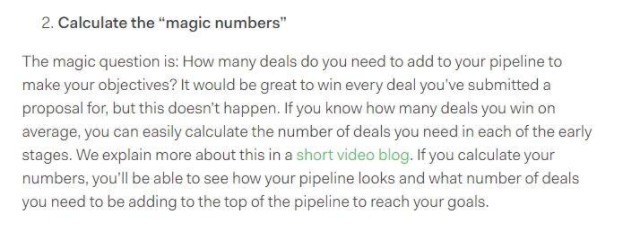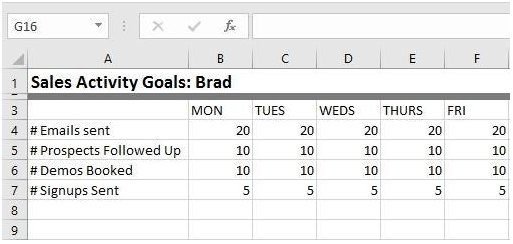By Shari Levitin
Many salespeople speak about sales through the language of warfare. To them, the idea of a warrior suggests power and conquest. They skirmish with customers, fight for leads, and talk about losing the battle but winning the war. They forget that what makes a warrior isn’t a weapon or a uniform, but sacrifice and doggedness. Great salespeople – like great soldiers – learn how to deliberate, practice, drill, and rehearse.
But let’s face it, most salespeople don’t wake up in the morning eager to train any more than your prospects line up to purchase your product. So how do you energize sales reps to fight for the skills they need to win more deals?
According to new research in the Harvard Business Review, titled “The Internet Makes You Think You’re Smarter than You Are,” Yale doctoral candidate Matthew Fisher and his colleagues concluded people are more confident that they’ve learned information by simply having access to that information.
This got me thinking. Do salespeople assume they know how to build trust – or move a customer through the pipeline – simply because they bought the book or signed up for the online course? Fisher’s research indicates an answer in the affirmative. Even more compelling is this: Just because you can find the information and understand it doesn’t mean you can apply it.
So how can you encourage your sales and marketing teams to open the books and courses at their disposal and apply the material inside? Employ these five methods.
- Reward a Growth Mindset. Too many sales contests reward the top 20 percent, leaving the remaining reps discouraged. The solution? Offer incentives for learning and sales activities rather than simply sales outcomes. Create rewards and recognition for books read, leads generated, and courses taken.
- Create Team-Based Contests. This will bolster bonds and increase creativity. Focus either on sales performance or mastery of learning objectives. At one of our Train the Trainer events, 10 teams of five demonstrated their understanding of the buying process by creating skits and clay models – and even performing rap songs! Of course, everyone won.
- Present Learning in Small Chunks, Not in Large Assignments. The average attention span of people today has plummeted from 12 seconds to eight seconds. They say goldfish have a longer attention span than people! If you don’t believe me, go to the nearest pet store and have a staring contest with a goldfish. If you’re like most people, my money’s on the fish. Short, poppy pieces of wisdom will inspire and entertain. They’ll offer instant solutions to common problems – resulting in a series of small wins.
- Make Training Interactive. A few years ago, I sat with a group of senior leaders who weren’t meeting their quotas. They were struggling to get salespeople to prospect correctly and to isolate objections. “The salespeople just don’t listen,” they complained. “We tell them over and over again what to do and it goes in one ear and out the other.” Their complaint revealed the underlying problem: them!
According to Adult Learning Theory, people retain:
* 10 percent of what they only hear.
* 50 percent of what they see and hear.
* 90 percent of what they see and do.Your reps learn by seeing and doing. Simply telling your reps what to do – rather than engaging them in role-plays, exercises, and interactive games – will cause frustration and result in low performance.
People don’t want to listen to the conversation; they want to be part of the conversation.
- Become a Master at Giving Feedback. No one likes being told what they did wrong. Before ever giving negative feedback, though, tell your reps what they did right. By hearing the good stuff first, their brains will be more receptive to the areas where they need to improve. In fact, a Harvard Business Review study confirms that individuals who receive at least a 6-to-1 ratio of positive-to-negative advice significantly outperform those who are more often criticized.
Apply these simple tips and you’ll not only lead your war horses to water, but you’ll also help them to think.
 Shari Levitin is the author of Heart and Sell: 10 Universal Truths Every Salesperson Needs to Know. She is the founder of The Levitin Group, a global company operating in more than 40 countries to passionately inspire transformative change.
Shari Levitin is the author of Heart and Sell: 10 Universal Truths Every Salesperson Needs to Know. She is the founder of The Levitin Group, a global company operating in more than 40 countries to passionately inspire transformative change.























